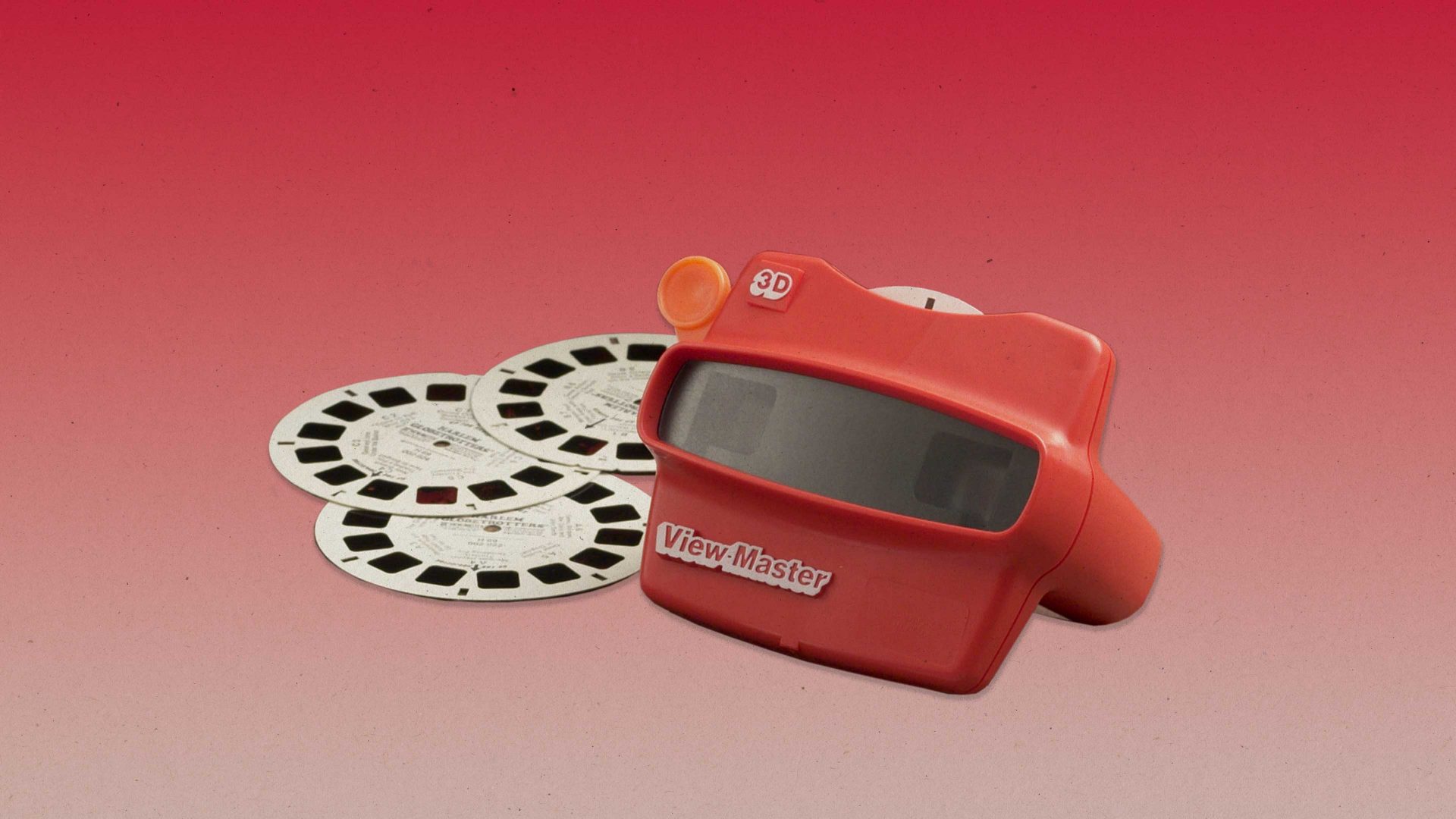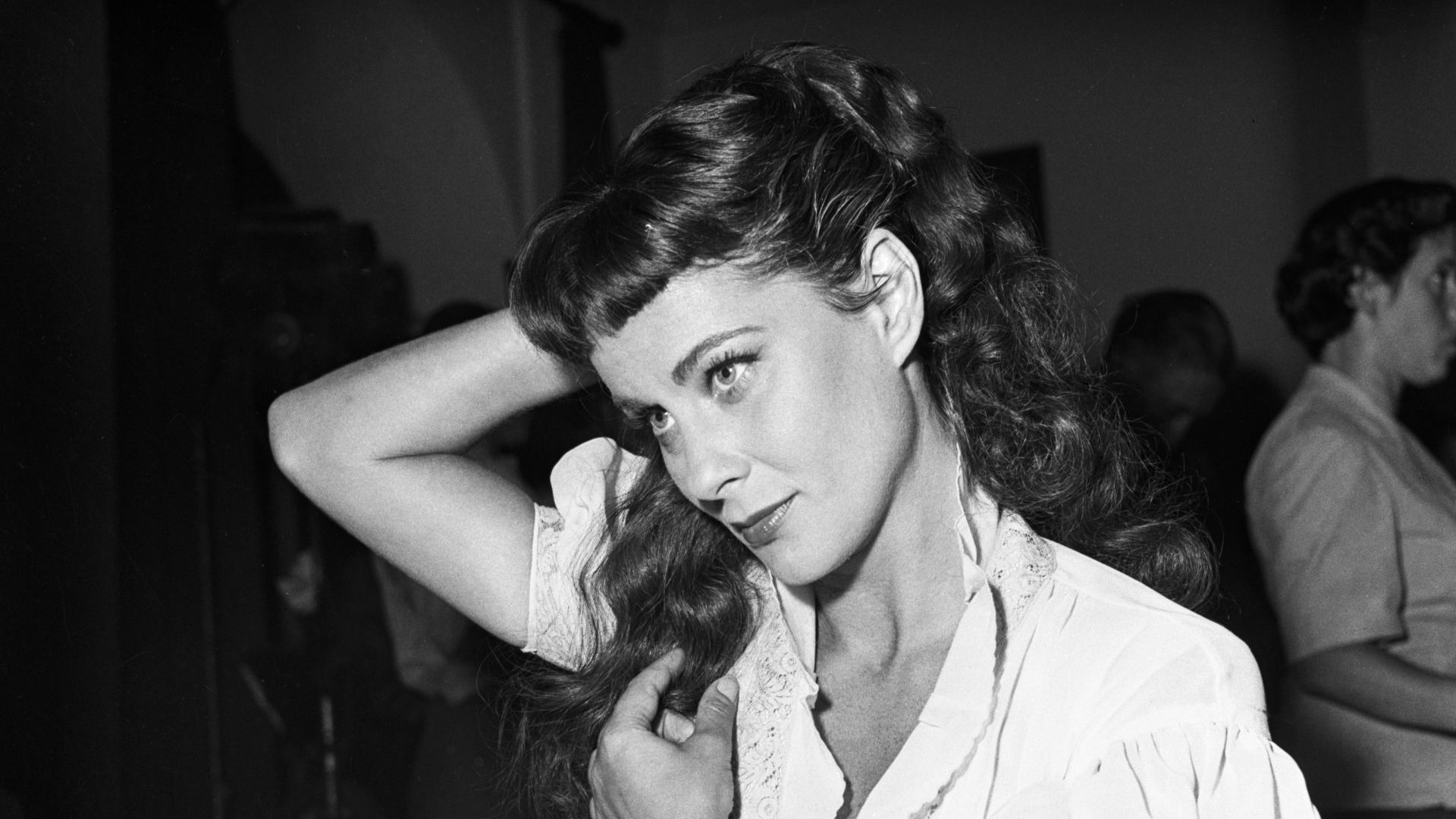Regular readers will know MM sets little store by travel, as commonly understood, preferring to intersect with those vacillating vectors of human values styled “culture” in the faraway nearby of his native London. Happy to trek a hundred divagating miles to Canterbury (see MM passim), I find the perp walk through the airport’s duty-free – wending between giant Toblerones, as early travellers did the Alps – enervating to the point of… well, death, probably.
And we wouldn’t want that. As to whether faith has cured my cancer, well, given I’m only faith-adjacent, rather than a fervent believer, expecting it to do so would be a bit like looking at chemotherapy, rather than having them actually put the cannula in your arm and the drip with the drugs in it on the stand – but for the empiricists among you: watch, and see if this column turns into… space.
In the meantime, all I can say about my pilgrimage is this: the enormous new bizarre Truman Show-style-town they’ve built and styled Ebbsfleet Garden City, in the yet-more-enormous chalkpit next to the not-quite-so-enormous chalkpit the Bluewater shopping centre nestles in, is the outer-urban infill you’d expect when international communications are forestalled in favour of national ones. (OK, I know the Crossrail project was well underway before Brexit, but that Ebbsfleet and Ashford “International” are now mere ghost stations, says it all.)
No, if I want to see the Alps nowadays, all I have to do is pick up my View-Master, point it in the direction of a light source, and begin depressing the lever, so the little cardboard disc inserted into the device rotates, and those fabled mountains, together with their dirndl-sporting Heidis and alpenhorn-tootling Rolfs spring into view. Moreover, as I ratchet forward, so that image succeeds image, each more buttery-golden than the last, I have the absolutely uncanny sensation that I really am there.
De Selby, Flann O’Brien’s eccentric philosopher, whose notions he adverts in The Third Policeman, turns out to be right: there is no such thing as motion, really – all we ever see is a succession of stills.
The delight of the View-Master, though, is that those still images have a wonderful depth of field – such that, if the photographer has done their job properly, objects in the foreground seem to project holographically forward. Ouch! You nearly put my eye out with that bloody bodkin, you old Bruges lacemaker!
Developed in the 1930s, alongside colour photography, View-Master stereoscopes were a popular form of a specular device – or toy – that goes back to the Victorian era. By shooting each image slightly differently, and providing a frame through which to view them, these mechanisms produce in someone with normal binocular vision the illusion of three-dimensionality.
They are, in essence, the forerunners of today’s VR headsets. But unlike the latter tech, they require no power or internet, while the obsolete format, together with the views of scenes long gone, mean that the View-Master enables its user to travel in time as well as space.
I said as much to my wife, who while generally accepting of the non-violent Unabomber ethos chez nous, nonetheless bridles from time to time, and sighs for normal travel, and Rome. I’ve bought her two View-Master discs of Rome – one focusing solely on St Peter’s Basilica.
In total, we now have eight, including Tulip Time in Holland and Romantic Seville. Yet still she insists this is insufficient – she longs to hear the giddy plash of the Trevi Fountain and smell the aroma of an ultra-strong ristretto, as concocted by one of the baristas at the Tazza D’Oro.
I have some sympathy – but not much: we had a View-Master when I was a kid, but even by the 1960s it was on the way out so far as travel views were concerned, being mainly marketed as a novelty toy.
Rome? The only place I ever got to go to with my View-Master was Marineville.
Not that I really felt I was there – let alone conveyed hence by the Stingray. The thing is, I find stereoscopes difficult, as I have a squint and so need to do a lot of it to see the 3D effect. Indeed, before I had the squint operated on, at Great Ormond Street in the year dot, the ophthalmic surgeon used to examine me using one to see the extent to which my vision, um, divagated from normal.
The answer was: a lot – and of course, with no binocular vision, in theory I have no depth perception either, and have had to assume a third dimension to a world that seems resolutely flat to me much of the time. In truth, I suspect many readers will identify.
Still, my remedy to this remains the transitory slide – not the eternal city.



